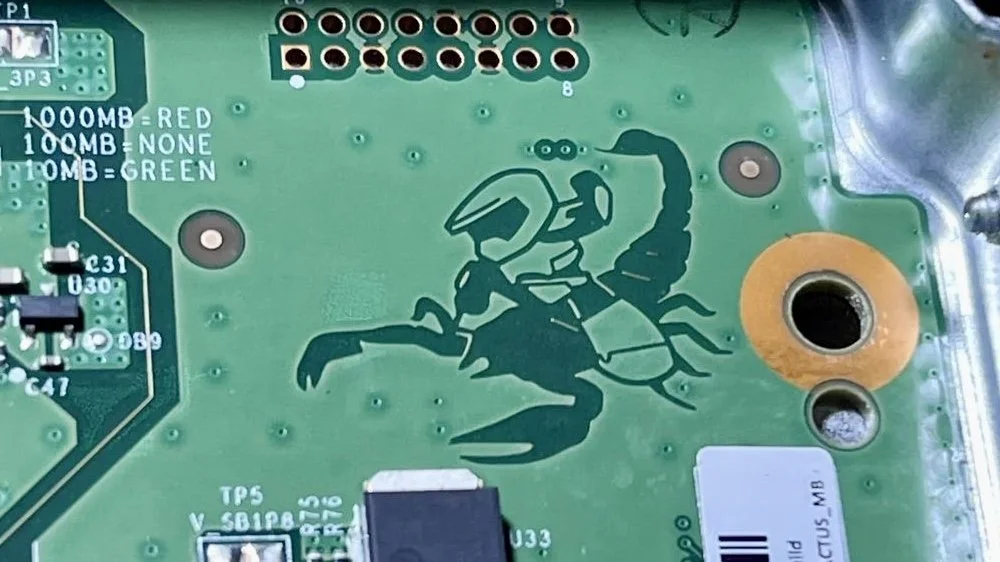A Little Something Eggstra…
Sometimes, hiding little personal details in a design can make a dry presentation a little more bearable or it’s the last bit of fun a designer can sneak past a legal team. It’s a tiny act of rebellion. A secret handshake between the people who actually made the thing and the people actually using it. With Easter around the corner - and my students exploring hidden details and surprises as part of their final projects - it’s been coming up a lot lately.
Easter eggs are those hidden details tucked away where only the very observant (or very bored) will find them. A joke buried in a slide deck, an icon that makes you think twice, a pattern that only the most meticulous person will notice. They don’t improve usability. They don’t make the product work better. They exist purely because someone thought, Why not? And that’s exactly why they matter.
They’ve been around forever in movies and games - sometimes even becoming the entire plot (like Ready Player One) - but some of the best ones show up in hardware, places you’d never think to look.
• Master Chief Inside an Xbox - Crack open certain Xbox models, and on the PCB, you’ll find a tiny laser-etched Master Chief. Completely unnecessary. Completely awesome.
• The PlayStation Symbols Texture - The grippy texture on PlayStation controllers isn’t random - it’s a repeating pattern of the ❌⭕️🟥🔺 symbols. A perfect little detail hidden in plain sight.
• Tesla’s Superbottle Superhero - Under the hood of a Tesla Model 3, there’s a coolant component with a tiny superhero bottle etched in it, cape and all. A fun nod from the engineers.
• Apple’s Camera-Inspired Wallpapers - iPhone 16 wallpapers mirror the number of camera lenses - one circle for the 16e, two for the 16, and three overlapping for the Pro. Subtle, but clever.
None of these details need to exist. But the fact that they do makes the products feel less like cold objects and more like something designed by people who actually enjoy what they do.
Usually, these aren’t about what people see - it’s more about what they feel. Something they don’t even fully register, but it sticks with them anyway. Sometimes, nobody really knows they saw it, but they did.
• They reward curiosity. Easter eggs make people feel like they’ve stumbled onto a secret.
• They build connection. Finding a hidden detail makes the product feel less like it came from a corporate assembly line and more like it was designed by a real person with a personality.
• They remind us that design isn’t always just about function. A design can be perfectly functional and still be lifeless. Easter eggs add a little personality without taking anything away.
You don’t have to be designing game consoles to hide Easter eggs. I like sneaking them into my own day-to-day work - some funny slide titles, icons that make you think twice, little things that might make someone question or do a double take. If nothing else, it makes the process just a little more fun.
Like I tell my design students - if you’re not having fun designing, you’re doing it wrong.


